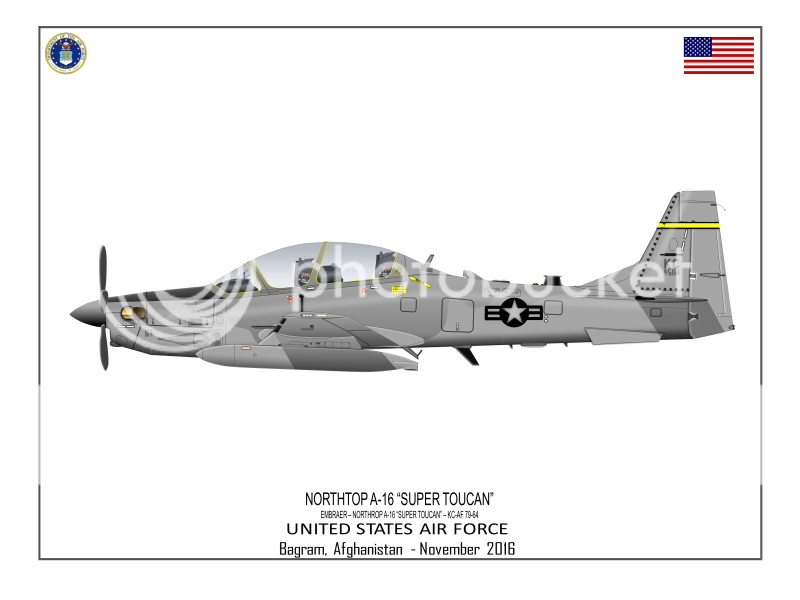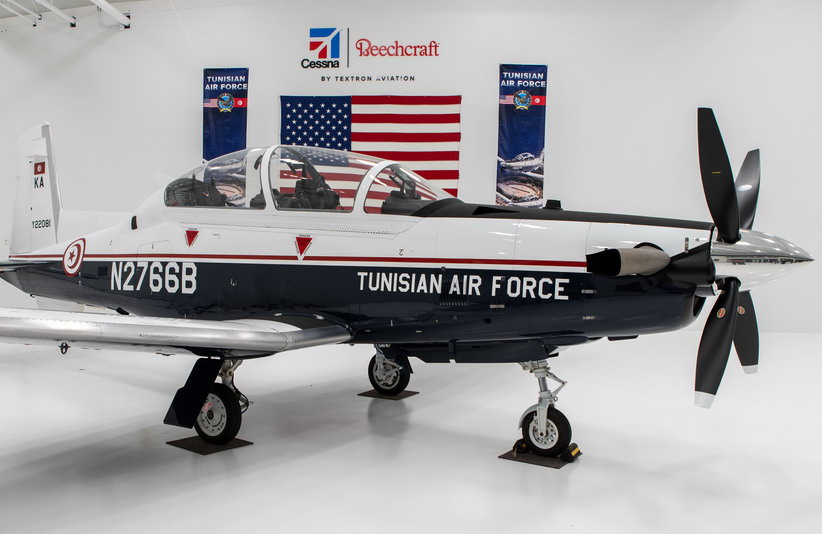- Joined
- 21 April 2009
- Messages
- 13,756
- Reaction score
- 7,696
Light-Attack Plane Could Save USAF Millions of Dollars Per Year
Inside the Air Force, Aug. 21, 2009 -- The Air Force could save hundreds of millions of dollars each year in fuel and operation costs alone if it replaced one-and-a-half of its deployed fighter squadrons with smaller, light-attack aircraft that could essentially conduct the same mission, according to an Air Combat Command report obtained by Inside the Air Force.
Pentagon Eyes Commercially Derived Bomber as Possible B-52 Replacement
DefenseAlert, Aug. 20, 2009 -- The Pentagon is considering a modified commercial wide-body aircraft packed with cruise missiles as a possible low-tech replacement for the Air Force's aging B-52 bomber fleet, a previously unreported option being floated as part of a wider assessment of how the Defense Department might modernize its long-range strike capabilities, according to DOD sources.
I always thought a large BWB aircraft could give you modest stealth with a HUGE fuel payload and the ability to carry dozens and dozens of advanced hypersonic strike missiles like the X-51 (or land attack cruise missiles, JASSMs, etc), for example. You probably would still have room for self defense DE weapons.
Inside the Air Force, Aug. 21, 2009 -- The Air Force could save hundreds of millions of dollars each year in fuel and operation costs alone if it replaced one-and-a-half of its deployed fighter squadrons with smaller, light-attack aircraft that could essentially conduct the same mission, according to an Air Combat Command report obtained by Inside the Air Force.
Pentagon Eyes Commercially Derived Bomber as Possible B-52 Replacement
DefenseAlert, Aug. 20, 2009 -- The Pentagon is considering a modified commercial wide-body aircraft packed with cruise missiles as a possible low-tech replacement for the Air Force's aging B-52 bomber fleet, a previously unreported option being floated as part of a wider assessment of how the Defense Department might modernize its long-range strike capabilities, according to DOD sources.
I always thought a large BWB aircraft could give you modest stealth with a HUGE fuel payload and the ability to carry dozens and dozens of advanced hypersonic strike missiles like the X-51 (or land attack cruise missiles, JASSMs, etc), for example. You probably would still have room for self defense DE weapons.





